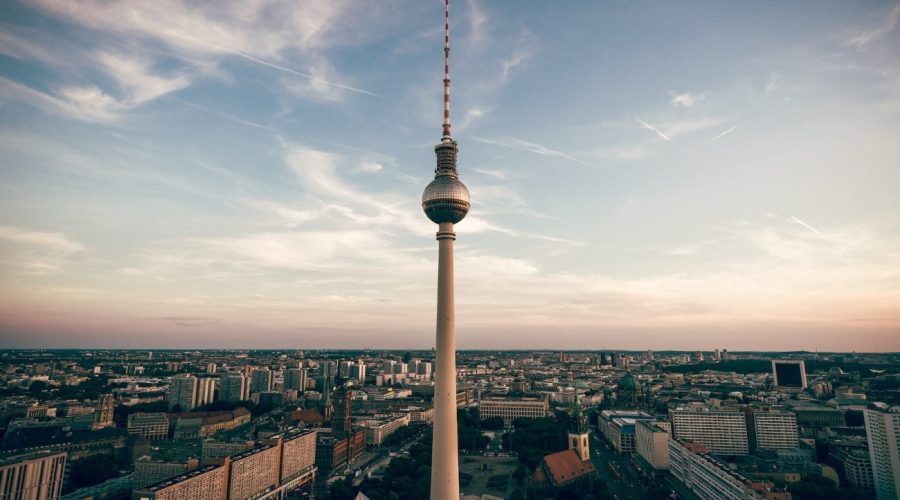Barcelona Bullfighting: A Fascinating Cultural Tradition
Barcelona is the fascinating capital of Catalonia with the long and heated history: the legacy which goes through all the regions of Spanish culture and entertainment with passion – bullfighting. If you are here for the first time or an amateur traveler interested in this fabulous show, this blog post will be the perfect guide for you since it contains a brief overview of the history of bullfighting tradition in Barcelona.
History of Barcelona Bullfighting
This new type of entertainment has its histories dating back to the fourteenth century to the region of Spain and is famous to the city of Barcelona. Thus, the sport has undergone years of transformation and development where it was not only adapted as an entertainment purpose but also as a sign of courage and display of talent. Flanked by grandstands, ‘La Monumental’, Barcelona bullring was built in 1914 and received numerous bulls for the bullfight.
However, it is crucial to highlight that bull fighting has been in some way decreasing for a number of years, Catalonia recently banning the activity in 2011. However, bullfighting is an important part of the Catalan culture at the present and people can watch bullfighting still in several places near Barcelona, for instance, Esparraguera and Tarragona.
The Bullfighting Experience
Witnessing bullfighting is a complex that encompasses various factors such as art, sports, and culture. The event normally has three parts or tercios each of which presents a segment of the Festejo en torno al Toro.
1. The Opening Act: Paseíllo
The matadors then, being dressed in fancy robes with all their entourage, warriors enter the ring in a procession called paseíllo. This permits the spectators to see the dressing of the performing matadors and the fashion of the ceremony, thus creating the appropriate atmosphere to the bullfighting event.
2. The Bull Enters: Tercio de Varas
The second phase in the performance of the bull fight starts after the bull has been let out into the ring. The bullfighter, also referred to as a bullfighter or a matador, starts by demonstrating how they react as well as dodge the muscular charged bull with the help of the red cape, better known as muleta. Some of the graceful movements performed by the matador during this interesting dance done between the man and the bull are demonstrated as follows.
3. The Grand Finale: Tercio de Muerte
In the final stage, the matador progresses to the most crucial part of the bullfight: the moment of truth. Wielding a sword, the matador tries to find the right position to kill a bull at the heart thus coming to an end of the event. The live audience is always responsive and if the matador has been successful and impressive in his performance, the audience claps.
Ethical Considerations
Two important issues that have elicited major concern include animal right and thus, the subject of bullfighting. As far as it is crucial to state that this type of sport causes certain distress among people who care about animals or have delicate sensibility toward animal abuse. Hence, there is the need to carry out research and self- reflection regarding the personal values in order to attend a bullfight.
Alternative Cultural Experiences
If you decide not to go for watching bullfight in Barcelona then there exists several other ways through which you can have a glimpse of the culture of the city:
- Bullfighting Museums: Go to Bullfighting Museum of Barcelona to see how far in depth the history the art and the practice of bullfighting continues.
- Festivals: see colorful festivals of Barcelona as well as La Mercè and Festa Major de Gràcia where you can not only enjoy dances and music of Catalonia, but also other regional features.
- Tapas and Flamenco: Do taste buds some a little more of Spain? Try the exquisite one plate/full meal portions, tapas; cater for your passion of Spain’s flamenco dance.
Remember, it is possible to experience and enjoy the cultural sites as a tourist in Barcelona without have to patronize other forms of activities the culture has to offer that are deemed sensitive to the conscience.
In Conclusion
Bullfighting is an important part of culture in many cities and identifying Barcelona’s tradition to it may help those intrigued by the whole issue to be introduced into it with much respect. On the one hand, the culture of bullfighting should not be recognized and approved in many countries, but it seems to be an inherent part of the history of this Spanish city. Possibly, there is a way to discover that Spain and particularly Catalonia are as vibrant and engaged in the development of their traditions as the bas-relief suggests — it is possible to ‘look’ at the culture non-conventionally, from the side.
Table of Contents



